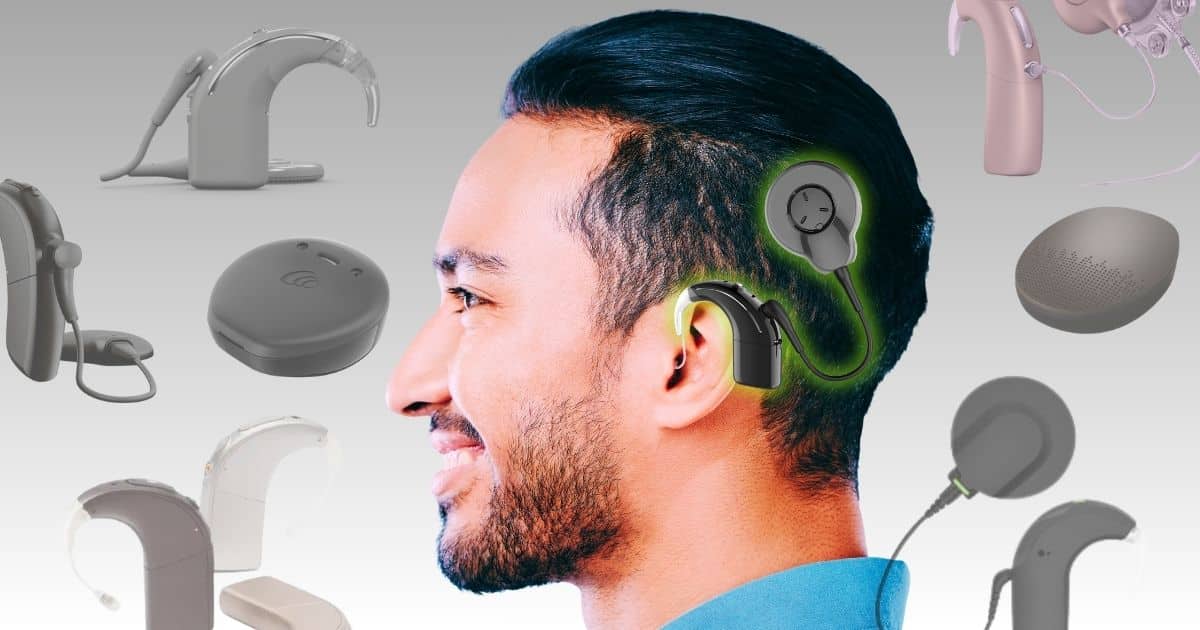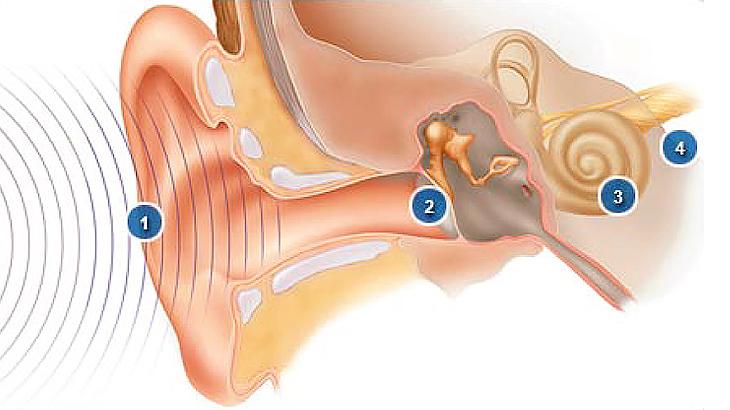Cochlear Implant Surgery
What is a Cochlear Implant?
Cochlear implants are sophisticated medical equipment that facilitate hearing for individuals with severe to profound hearing loss. They not only amplify sound, as is the case with hearing aids. They instead provide a direct connection to the nerve of hearing, enabling your brain to interpret the signals as either speech, music, or normal sounds.
These implants are very effective to both adults and children who have difficulties with comprehending speech or hearing well even with hearing aids. Cochlear implants are able to make a great difference in communication and quality of life when the right therapy and follow-up care is provided.
What Are Cochlear Implants?
Cochlear implants are the electronic devices suggested to the people with moderate to severe hearing loss, who do not receive much or no value with the hearing aids. They are particularly useful when hearing aids enable you to hear but nevertheless it still becomes hard to understand the speech.
They do not improve natural hearing; however, the cochlear implants assist in improving the recognition of speech, environmental awareness, and social interaction.


Types of Cochlear Implants
Every cochlear implant is composed of two parts:
- External components: microphone, processor and transmitter.
- Inner components:electrodes and a receiver that are implanted into the ear.
The external unit can be mounted on the ear using a cable to a headpiece or may be directly mounted to the side of the head in the absence of an ear device depending on the type used.
How Do Cochlear Implants Work?
Sensory hair cells in the cochlea are bypassed, delivering sound to the auditory nerve via the Cochlear implants. Here’s how the process works:
- Sound is recorded on a microphone and sound processor.
- The processor sends signals to the transmitter which is located on the scalp.
- Transmitter converts the signals to electrical impulses.
- These urges are transferred to the skin receiver.
- They are sent to electrodes within the cochlea to the receiver.
- The electrodes stimulate the nerve of hearing transmitting signals to the brain.
- The brain decodes the impulses into either speech, music, or any other sounds.
This special mechanism enables the patient to hear sounds in a manner that the conventional hearing aids cannot.


Treatment Details
The Surgical Process
Surgery of the cochlear implants is usually an outpatient surgery. An expert ENT surgeon (otolaryngologist) will:
- Give general anesthesia.
- Get a small opening behind the ear.
- Make a hole on the bone so that the internal components of the implant can be inserted.
- Fix the electrodes and receiver onto the receiver.
- Stitch the incision closed.
Majority of the patients go back home on the same day.
Activation of the Device
Two weeks after surgery, you’ll return for device activation. During this visit, an audiologist will:
- Fit and adjust the microphone and sound processor
- Test the device to ensure proper function
- Fine-tune settings for optimal hearing results
Majority of the patients go back home on the same day.
Duration and Maintenance
Cochlear implants are designed for lifelong use. While the internal components generally last permanently, the external devices may need replacement every 5–10 years. Regular follow-ups with your hearing care team help ensure your device continues to work effectively and comfortably.
Benefits and Risks
Designing with Purpose, Building with Passion
- Improved speech understanding, even in noisy settings
- Ability to engage in phone conversations and group discussions
- Relief from tinnitus (ringing in the ears) in many cases
- Enhanced speech development in children with early implantation


Possible Risks
As with any surgery, cochlear implantation carries some risks, though they are uncommon:
- Nerve injury near the surgical site
- Risk of meningitis (vaccination is often recommended)
- Loss of any remaining natural hearing
- Persistent tinnitus in rare cases
- Balance issues or dizziness
- Cerebrospinal fluid leakage
Recovery and Outlook
After activation, sounds may initially seem robotic or mechanical. Over time, your brain adapts, and hearing feels more natural. Significant improvements are usually noticeable within 1–3 months, though full potential may take six months or more.
- Use it daily: Wear the external device during waking hours.
- Commit to therapy: Training helps maximize results.
- Avoid water exposure: Remove external parts before swimming or bathing.
- Be cautious with activities: High-impact sports may pose risks to the implant.

Working with an audiologist or speech-language pathologist is essential. Therapy helps retrain the brain to recognize and interpret sounds correctly. Consistent device use and therapy sessions are key to long-term success.
Seek medical advice if you experience:
- Sudden changes in hearing quality
- Pain, swelling, or redness around the implant site
- Signs of infection, including fever or drainage from the ear
Frequently Asked Questions
CRH ENT, MRI & Diagnostics brings to Delhi NCR a unique concept of a dedicated single speciality ENT centre and the complete range of diagnostic services under one roof.










